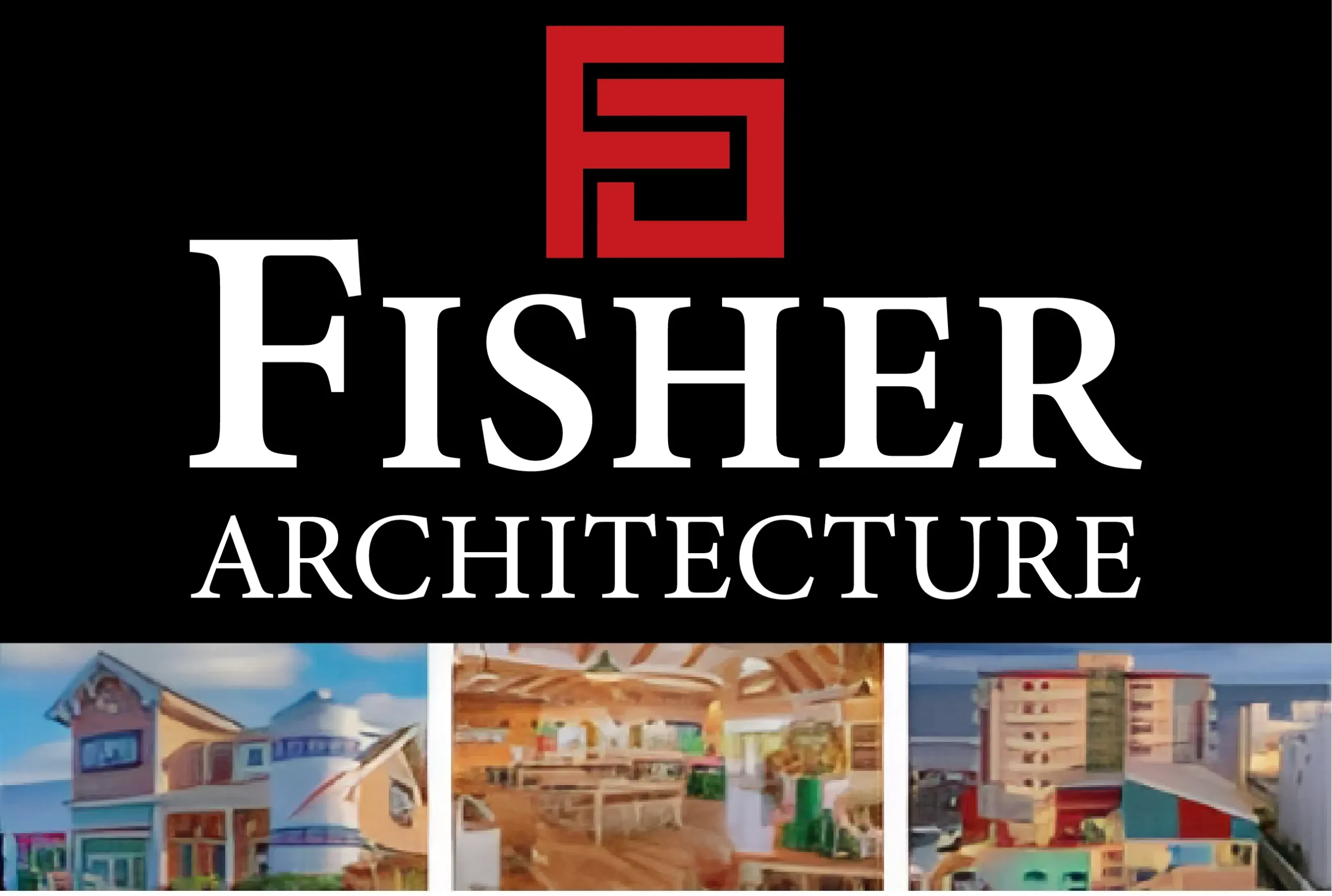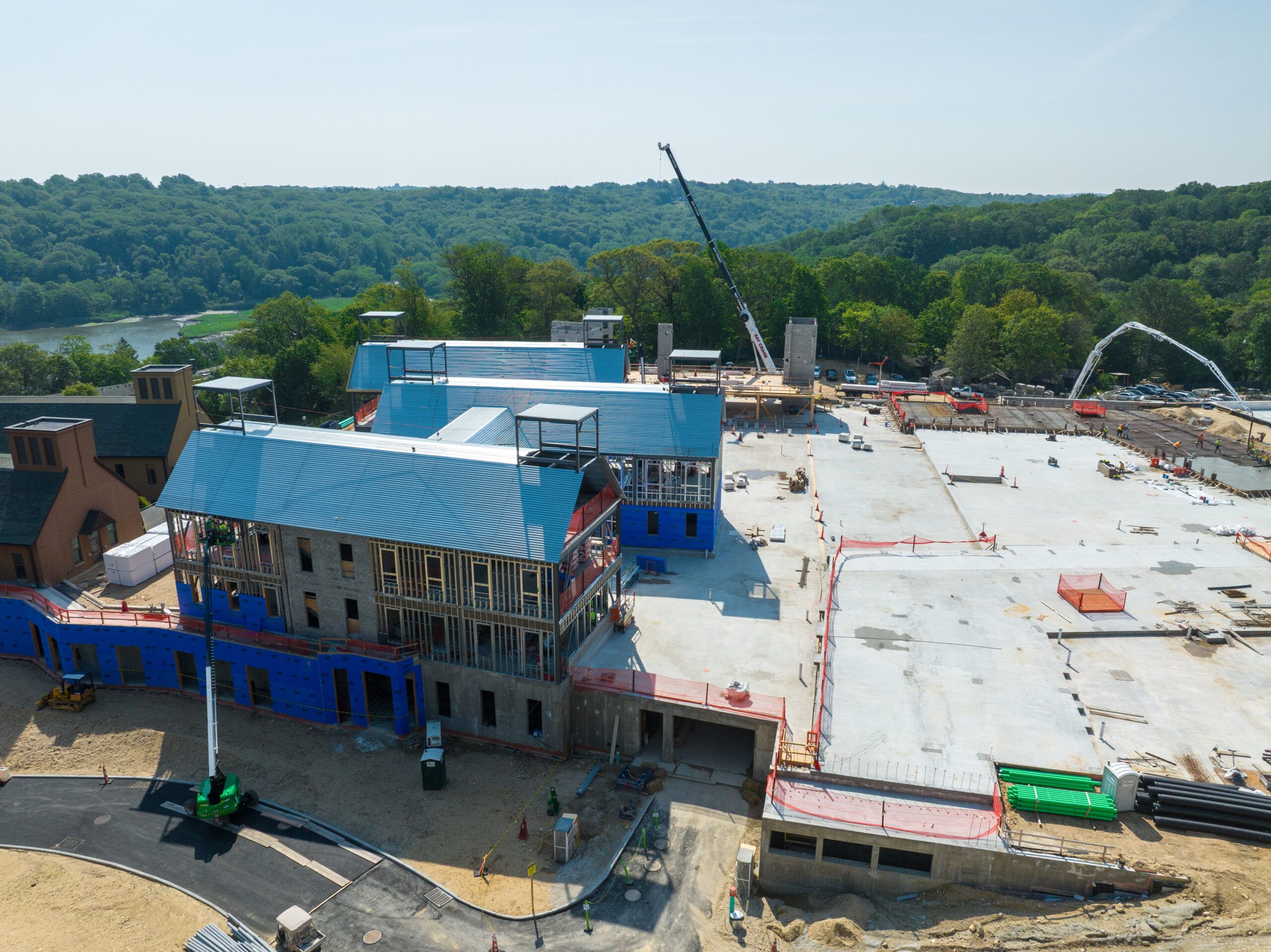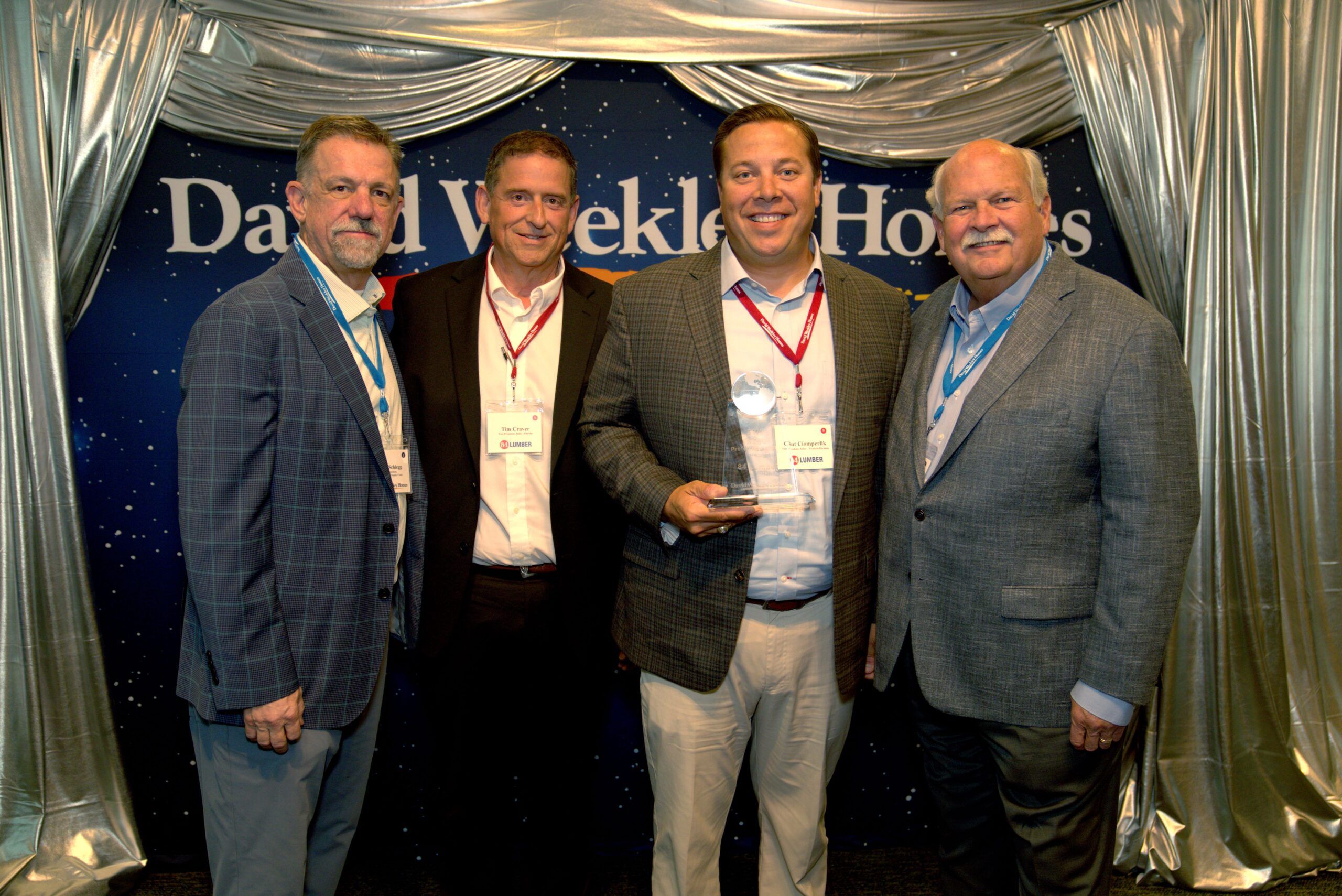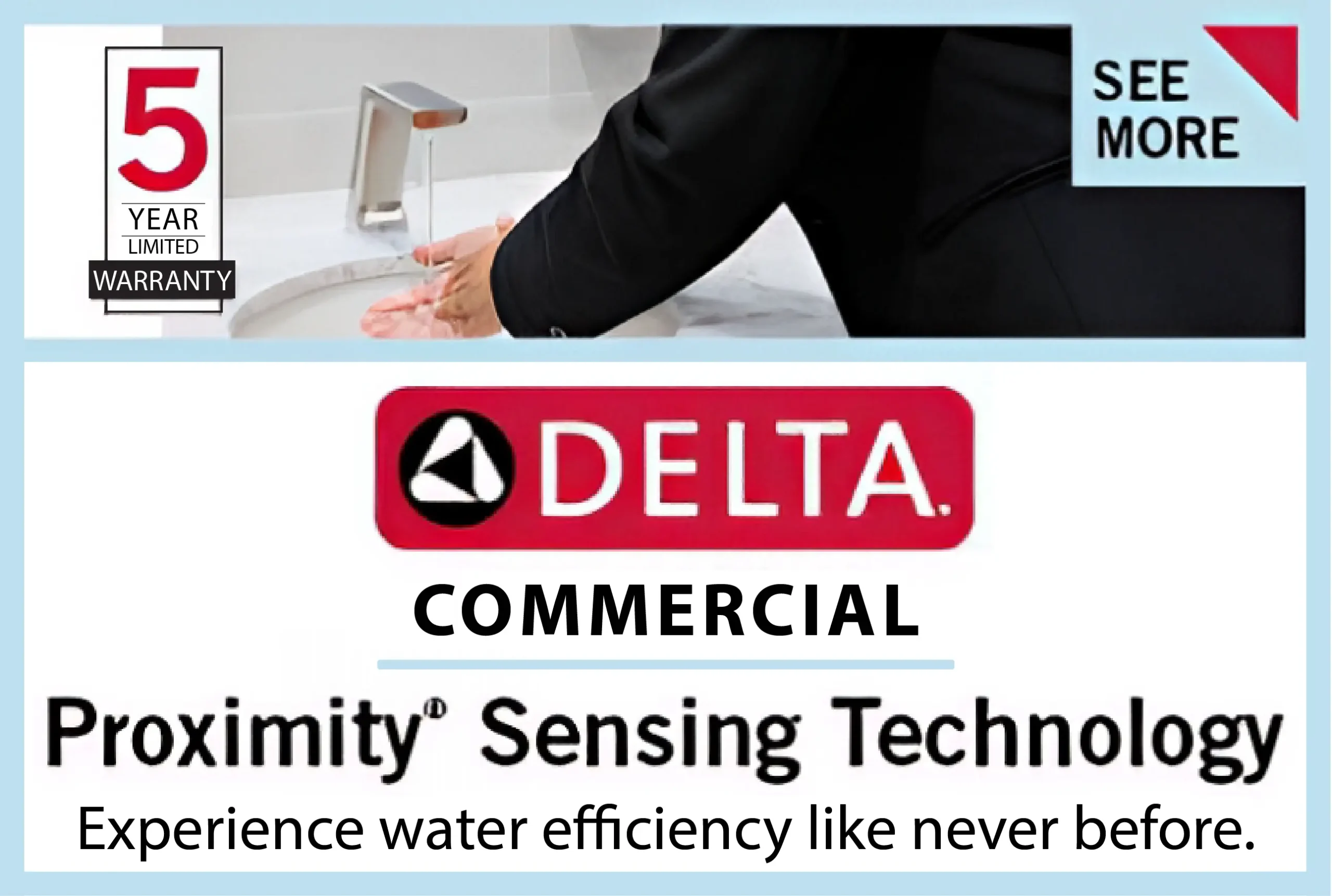Sustainable design is now essential for businesses aiming to thrive. In the commercial sector, adopting sustainable practices reduces environmental impact, enhances efficiency, and attracts eco-conscious consumers. These trends are crucial for staying competitive and responsible.
One key trend is using 3D rendering to visualize and refine sustainable spaces. This technology improves design accuracy and client satisfaction by bringing ideas to life. For example, an architect in Oxford can leverage innovation in 3D rendering to transform architectural projects.
The use of renewable materials is also gaining momentum, reducing waste and improving building performance. Businesses are increasingly opting for solar panels, green roofs, and energy-efficient systems, which help lower costs, reduce carbon emissions, and create eco-friendly, functional spaces.
Green Materials and Construction
Shifts in green materials use and sustainable practices are reshaping how commercial spaces are built. Emphasis on recycled and biodegradable materials, along with local sourcing, highlights the industry’s pivot towards eco-friendly approaches that benefit both the planet and local economies.
Recycled and Biodegradable Materials
You see more buildings designed with recycled materials like reclaimed wood, recycled steel, and composite materials. These options help reduce waste and give new life to existing resources. Biodegradable materials, such as mycelium and hempcrete, are also making waves due to their ability to break down naturally.
Choosing these materials for construction contributes to smaller carbon footprints. It also enhances indoor air quality by minimizing dependency on synthetic compounds. Commercial designs incorporating these elements not only demonstrate environmental responsibility but also respond to a growing consumer and tenant preference for sustainable practices.
Local Sourcing and Sustainability
When projects prioritize local materials, they significantly cut transportation emissions and support nearby businesses. Using stone, timber, or bricks sourced within the region can reduce a building’s environmental impact.
You benefit from incorporating locally sourced materials through cost savings on transport and an authentic connection to the community. Projects using local resources typically get completed faster due to reliable supply lines.
Furthermore, architects and constructors work hand-in-hand with local artisans, enhancing both the building’s cultural integrity and sustainability quotient.
Energy Efficiency and Management
In the commercial sector, energy efficiency is crucial to both cost savings and environmental impact. By utilizing renewable resources, integrating smart technologies, and enhancing insulation, businesses can significantly cut down on energy waste while boosting sustainability.
Renewable Energy Sources
Adopting renewable energy is a game-changer for commercial spaces, offering long-term savings and reduced carbon footprints. Solar panels, wind turbines, and geothermal systems provide clean, sustainable energy. These sources not only lower greenhouse gas emissions but also offer financial incentives and subsidies from governments.
Evaluate your location and energy needs to determine the best renewable setup. A combination of solar and wind, for instance, can provide consistent power. The initial investment can be substantial, but the return over time justifies it. With the focus shifting towards renewable energy, staying ahead in this trend ensures both ecological and economic benefits.
Smart Building Technologies
Smart technologies transform energy management into an art. Automated systems adjust lighting, heating, and cooling based on usage patterns and occupancy. Sensors and IoT devices provide data, helping fine-tune energy consumption.
Energy Management Systems (EMS) centralize control, offering dashboards that help you track and optimize usage. Smart grid connectivity further enhances efficiency by allowing buildings to communicate with power suppliers, ensuring energy use is always optimized. The smart approach not only saves money but also contributes to a greener footprint.
High-Performance Insulation
Insulation might not seem flashy, but it plays a pivotal role in keeping your energy bills low. High-performance insulation maintains a building’s temperature, reducing the need for excessive heating or cooling. Materials like spray foam, rigid board, and advanced wraps seal your space effectively.
Insulation retrofits are a wise investment, offering immediate returns in comfort and cost reduction. In addition to saving energy, proper insulation improves indoor air quality by reducing drafts and noise. Prioritizing insulation positions your business as both environmentally conscious and financially savvy.
Indoor Environmental Quality
Focusing on indoor environmental quality in the commercial sector leads to healthier workspaces by emphasizing natural light, ventilation, and the use of non-toxic materials. These elements contribute to both employee well-being and increased productivity.
Natural Light and Ventilation
Integrating natural light into commercial spaces can significantly enhance mood and productivity. You might consider large windows and open floor plans to utilize daylight effectively. Skylights are another option, allowing sunlight to brighten the interior without taking up wall space.
Ventilation is equally important for maintaining indoor air quality. Proper ventilation will help control indoor pollutants and improve air circulation. Mechanical systems like HVAC units should ensure fresh air flow, while operable windows can provide a natural, energy-efficient alternative.
Non-Toxic Paints and Finishes
Prioritizing non-toxic paints and finishes can reduce the presence of harmful chemicals in the air. Using paints and finishes that are low in volatile organic compounds (VOCs) minimizes potential health risks.
Look for products that are certified as low-VOC or eco-friendly. These options not only improve air quality but also have less impact on the environment. A wide variety of colors and finishes are available today, allowing for creativity without compromising health or sustainability.
Outdoor and Community Spaces
Incorporating sustainable outdoor and community spaces into commercial designs enhances environmental responsibility, encourages biodiversity, and improves employee well-being. Emphasizing green roofs, walls, and enhanced outdoor connectivity can boost aesthetic appeal and support an environmentally conscious approach to design.
Green Roofs and Walls
Green roofs and walls offer numerous benefits, including improved insulation and reduced energy consumption. By absorbing rainwater, they help manage runoff and reduce the urban heat island effect. Additionally, these features enhance biodiversity by creating habitats for various plant and animal species.
You can also enjoy better air quality. Incorporating native plant species ensures minimal maintenance while maximizing environmental benefits. From rooftop gardens to vertical wall installations, these elements transform underutilized spaces into green oases, contributing to urban ecosystems’ health.
Outdoor Connectivity
Creating well-designed outdoor spaces improves both physical and mental well-being for employees and visitors. Incorporating pathways, seating areas, and bike racks encourages active transportation options. This connectivity promotes social interaction and collaboration, fostering a sense of community.
Strategically placed signage and wayfinding elements can enhance ease of navigation. The use of sustainable materials like permeable pavement and recycled content in pathways aligns with eco-friendly principles.
By blurring indoor and outdoor boundaries, these spaces create a seamless experience, allowing individuals to enjoy nature while remaining connected to their work environment.
Conclusion
Sustainable design trends are transforming the commercial sector, offering businesses the chance to reduce their environmental impact while boosting efficiency and enhancing the workplace. Innovations like 3D rendering, renewable materials, and energy-efficient technologies enable companies to create functional, eco-friendly spaces.
Focusing on renewable energy, smart technologies, and indoor air quality not only promotes sustainability but also supports employee health and productivity. Incorporating green roofs, walls, and outdoor spaces further strengthens this connection to nature.
As sustainability becomes more important, adopting these trends is key for staying competitive, meeting consumer demands, and contributing to a better future for the planet.











